Carpal Hyperextension in Dogs. What it is and how to spot it
If your dog’s front legs appear flat-footed, as if the paws are longer than they should be, or are dropped backwards, they might have a condition called carpal hyperextension. Dog owners may wonder how serious and painful this is and what causes it. Find out more about Canine Carpal Hyperextension in this article.
What is Carpus, and Why is it Important?
The carpal joint is similar to our wrist, found on the dog's forelimbs; it is the joint above their paws. When the dog stands, the carpus is extended; as they move forward in motion, the carpal joint flexes, lifting the lower limb up in the caudal direction (or towards the tail).
The carpus is an integral part of the dog's forelimb. It consists of seven small bones arranged in rows (to enable smooth movements), which make up seven smaller joints. The joints are stabilised by ligaments that hold the carpus in place.
The role of a healthy carpus is crucial because the dog holds about 60% of its body weight on its front legs. So, it must not only support the weight of the dog, but it must also flex and extend during motion. When the ligaments that hold and stabilise the carpus are damaged, and the joint is bearing load – such as in a typical stand position; carpal hyperextension can occur.
What is Carpal Hyperextension?

Hyperextension occurs when the carpus extends beyond the normal or healthy range of motion. Canine Carpal Hyperextension is a condition whereby the stability of the carpal joint has been compromised by the laxity or injury of the attached ligaments; this allows the carpus to over-extend.
Carpal hyperextension often presents because of; chronic over-loading of the carpus, such as in sports dogs; or due to weakening of the ligament tissue, such as in old dogs; or as an injury due to trauma, for example, a jump or a fall from a height.
What Causes Carpal Hyperextension in Dogs
The condition of carpal hyperextension can occur in dogs from around six weeks of age right through to the senior years. In young puppies, the most common reason for the appearance of this condition is an abnormality in development. The puppy may lack the normal range of strength in the carpal ligaments, which support and stabilises the carpal bones.
Sometimes the cause of this condition in young dogs is idiopathic; its cause cannot be determined with certainty. Other times, carpal hyperextension occurs because of inadequate nutrition or external influences such as the long-term wearing of a cast.
The most common cause of carpal joint injury is trauma, i.e. injury due to jumping or falling from a height. Because of the sudden high pressure on the front legs, the ligaments that support the joint can be damaged, and the dog's stability is impaired. Furthermore, this can cause swelling and pain while walking.
When carpal hyperextension presents in old dogs, it is typically a degenerative condition. Age-related weakness causes the ligaments that support the entire joint to lose their structural strength, resulting in the elongation of the wrists. Large breeds or heavily overweight dogs may be more susceptible to this condition due to the increased weight load on each carpus. Maintaining your dog’s strength through fitness exercises and keeping them within a healthy weight range helps to stabilise and minimise the burden on the carpal joint.
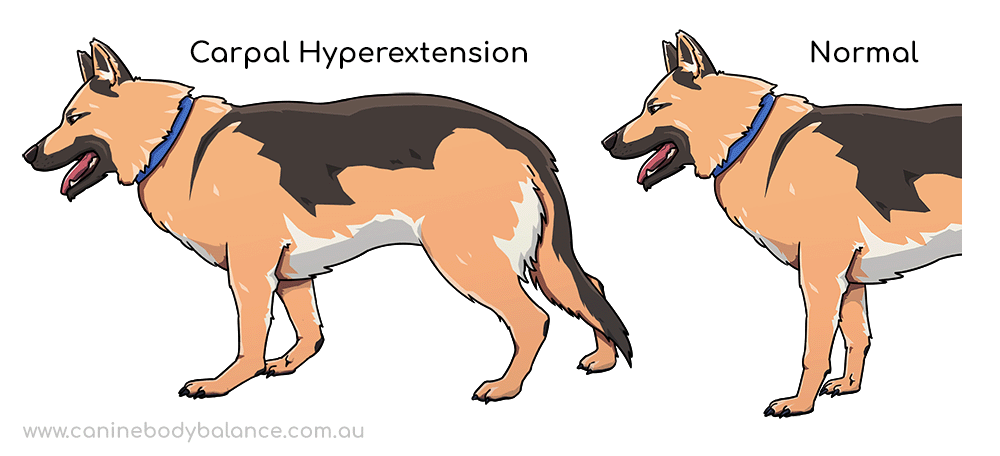
Other Causes
Dog Knuckling
Knuckling over occurs when the dog's toes curl over; when in motion, instead of walking on their paw pads, the toes rotate over, and the dog walks on the top surface of its toes. This may also be present when the dog is in a stationary position, such as a stand or a sit. This posture creates excessive tension in the digital extensor muscles and rostral carpal ligaments, stressing them such that they may lengthen or tear.
This condition, knuckling over, may affect a single or both forelimbs and not necessarily present with every step they take. It can result from various causes—minor or more serious. These are, for example, painful paws, nerve damage, or neurological disorders. If you notice the dog knuckling, it's necessary to consult your veterinarian because if left untreated, it can lead to potentially severe health consequences. One of those consequences can be the occurrence of carpal hyperextension, but other paw injuries can happen, too.

Diet as a factor
Although diet is occasionally mentioned as a possible cause of carpal hyperextension, especially in young dogs, for now, opinions are divided as to what extent this affects the appearance of weakened ligaments and carpal injury. Dr Amit Bhardwaj, in his article "Carpal Laxity Syndrome In Puppies: Treatment, Care & Management", notes that a connection between this condition and a lack of calcium in the diet has been suggested, but currently there is no clear evidence that this is the case. On the other hand, the group of authors working on the article "Carpal laxity syndrome in forty-three puppies" claims that malnutrition or overnutrition of fast-growing puppies, especially large breeds, causes weakness and improper tension between the extensor and flexor muscle groups, which can lead to laxity of the carpal joint.
Proper nutrition should be supplied and available to dogs at every stage of their life. However, an appropriate diet for one dog may not be suitable for another. If your dog shows weakness through the carpus, then a consult with a canine nutritionist in addition to your vet would be advisable.
How to Spot Carpal Hyperextension?
When the dog's carpal ligaments are healthy, they keep the entire carpus stable, which is why the dog walks or stands on its paws held at a normal angle. When we look at a healthy dog from the side, it will keep its legs straight.
However, when carpal hyperextension occurs, the paws drop and depending on the severity of the case, the dog will appear flat-footed.
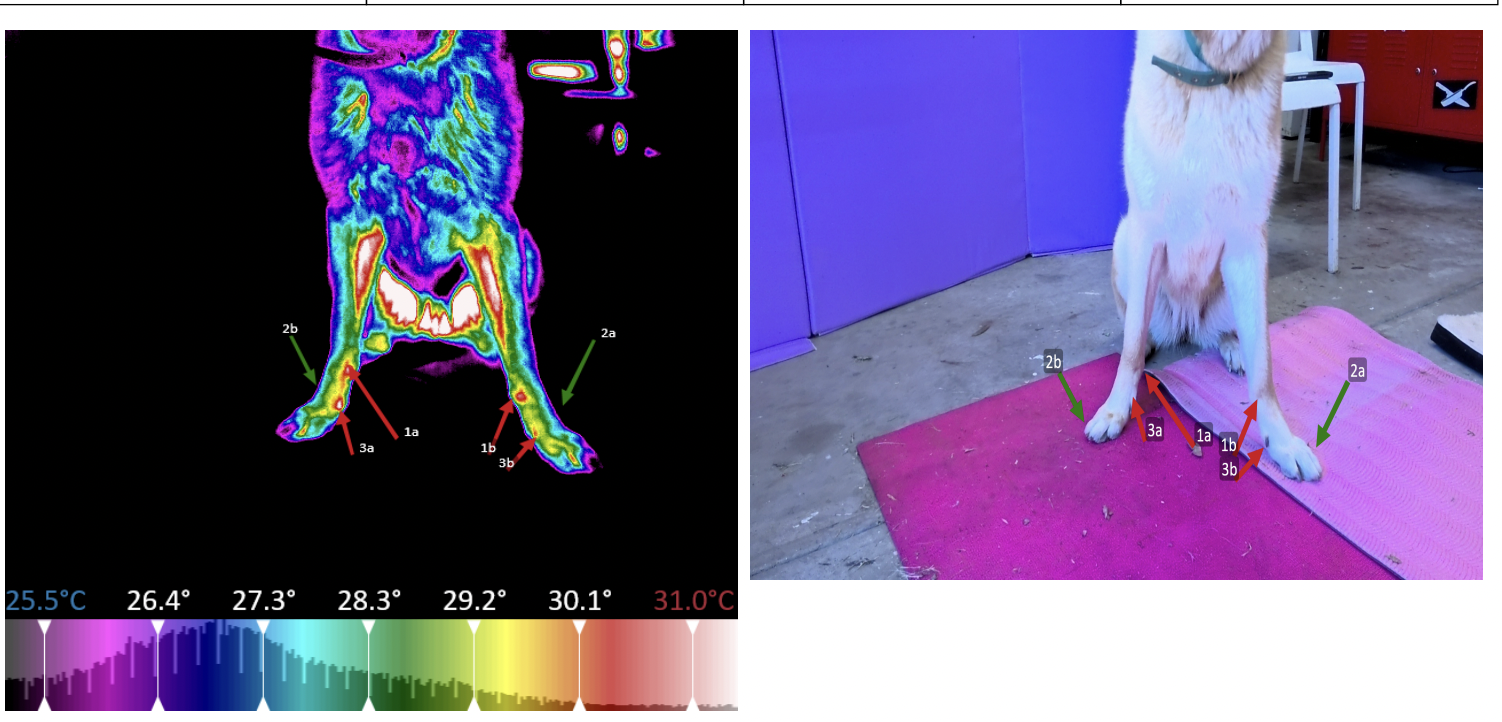
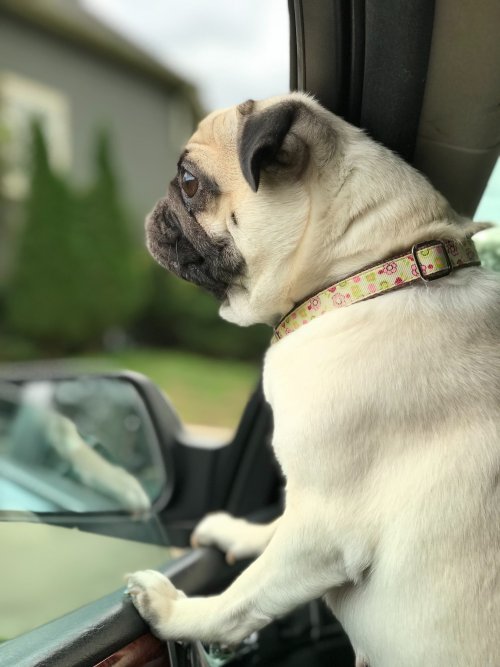
First Signs of Overextending the Carpal or Wrist Joint
If it is a trauma, sometimes only one leg will be affected by carpal hyperextension. However, if the injury results from a fall, both legs will most likely develop this condition.
The first sign is limping and difficulty walking. Gradually, depending on the ligaments' damage and how fast they deteriorate, the carpus will fall toward the ground. Thus, instead of a standing angle of 140 to 180 degrees (the posture of a healthy dog), the front legs fall backward. In the worst cases, the angle can reach 90 degrees, and the dog's front legs become L-shaped. Carpal hyperextension is usually followed by swelling, pain and inflammation.
Thermal imaging may pick up early signs of carpal disease since it can detect hyperthermia in the joint – associated with inflammation; it can also detect hypothermia which may stem from a neurological condition. Having your dog screened by thermal imaging every six months is a great way to identify issues early – allowing treatments to begin before an injury becomes chronic.
Long Term Risks
Neglected condition of carpal hyperextension can significantly reduce dogs' quality of life. In addition to the fact that weakened ligaments can deteriorate even more over time, thus increasing the severity of the condition, dogs experience increasing pain and movement problems. If not treated early, the ligaments can reach a point where they cannot recover, and the injury becomes permanent.
Exercises to Improve Canine Carpal Hyperextension
Your dog’s forelimb strength and stability are fundamental when performing their sport or being physically active. Identifying a potential carpal joint injury should be done as soon as possible to begin treatment and allow your dog the best quality of life.
Exercises may or may not be appropriate for your dog, so if you think your dog has a carpal injury, you should seek out the advice of a professional. The course of action is determined by the presentation of the individual, depending on the severity of the injury. While advanced cases will likely require surgery, exercises in the initial stage of carpal hyperextension may be advised.
If exercises are appropriate for your dog, they will be used to strengthen the forelimbs and maintain strong core muscles. This provides good support to the ligaments during recovery.
You can help reduce the risk of carpal issues in your dog through proactive Canine Fitness Training; we develop a fun, safe, and engaging exercise plan customised to your dog’s needs. Fitness plans aim to improve muscle efficiency and posture while creating functional movements to help reduce injuries.
A comprehensive approach is essential. Training your dog to maintain good posture will help avoid injury from potentially harmful movements. In addition to exercises, the dog's weight is an indispensable factor in preventing joint injuries and their recovery. Maintaining an optimal weight prevents excessive pressure on the forelimbs and lowers the risk of joint injuries.
Manual Therapy to Prevent Compensation Issues
Manual therapy refers to skilled hand movements by a specialised therapist on joints and soft tissue. The goal is injury prevention or the return of joints to normal function and strength, which can be achievable at the early stages of carpal hyperextension.
Manual therapy helps to relax muscles, ligaments, tendons, and fascia tightened in response to painful joints. This is called muscle guarding—muscles around a restricted joint act in "self-protection" from the pain. Manual therapy helps address these painful areas and reduces nerve sensitivity and irritation.
One of the best manual therapy techniques is Whole Energy Body Balance (WEBB) since it’s designed to work on cognitive, neurological, muscular-skeletal, and emotional systems. Apart from identifying hidden or silent pain areas and releasing soft tissue tension, this technique helps pets feel safe by listening to their communication.

Working as a Team to Help Your Dog
Clinical examination by your veterinarian is often required in canine carpal hyperextension, especially in advanced cases. To accurately diagnose the condition, radiographs are performed under sedation or anaesthesia.
As a result of the examination, sometimes it will be possible to use non-surgical treatment to help the affected joints to recover. The process starts with a physical examination and often involves physical therapy.
In severe cases, however, if damage includes torn ligaments that are too difficult to restore with exercise, the solution is surgical management of affected joints—carpal arthrodesis or partial carpal arthrodesis. Although the surgery can result in a reduction in the normal mobility of the affected joint, it will restore stability in the dog's entire carpal joint and front legs and allow for proper weight distribution.
After the operation, the dog must wear a splint for several weeks; this provides additional stability to the carpal joint during the healing phase. Strict rest is critical, especially immediately after the procedure when even movements like walking on stairs are not allowed. Slippery surfaces should also be avoided because the dog could rotate the joint accidentally and cause more damage. Regular outings should be reduced to going to the toilet, always on a leash, and with some protection over the feet so that dirt does not enter the wound. Most dogs can return to their regular activity approximately twelve weeks after surgery. - Prevention is always the best course of action.
Prescribed Exercises
If the dog is given physiotherapy exercises to perform at home, they should be adapted to the needs of each dog individually. Exercises should be progressive but also achievable for the dog in the recovery process and for the owner who helps the dog perform activities at home. A Certified Professional Canine Fitness Trainer can work with you under the guidance of your canine physiotherapist to set goals and monitor development and recovery.
As your dog regains strength in its carpal ligaments, the exercises will be adjusted, increasing the challenge and thus improving and stability of the joint – through conditioning and strengthening of the surrounding muscles.
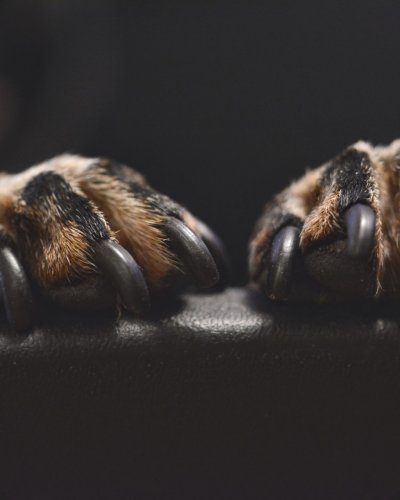

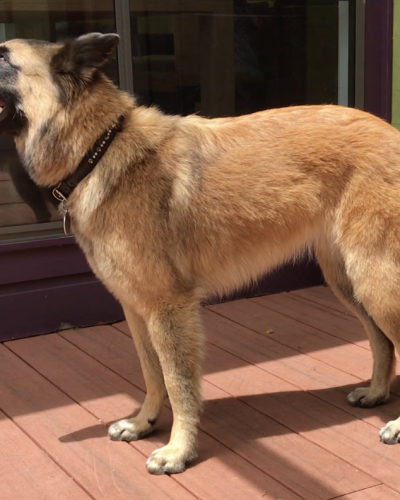


Tom Morganti DVM
2025-01-21 22:03
Nice website; informative